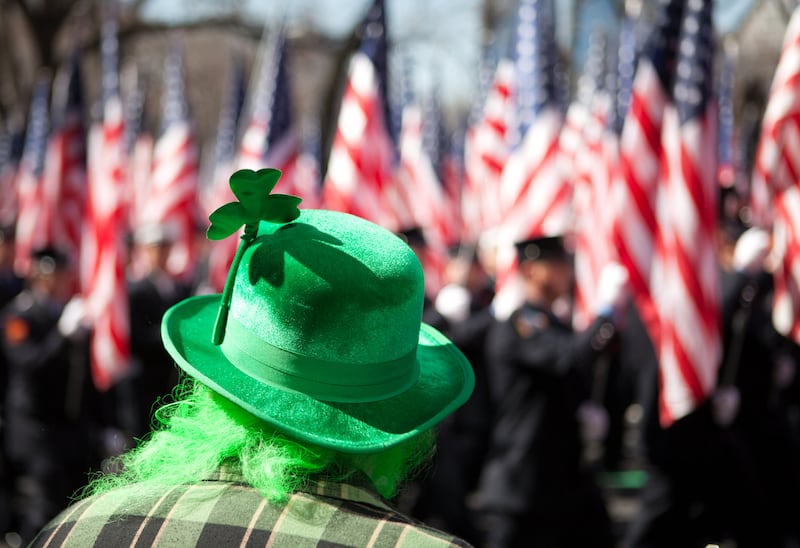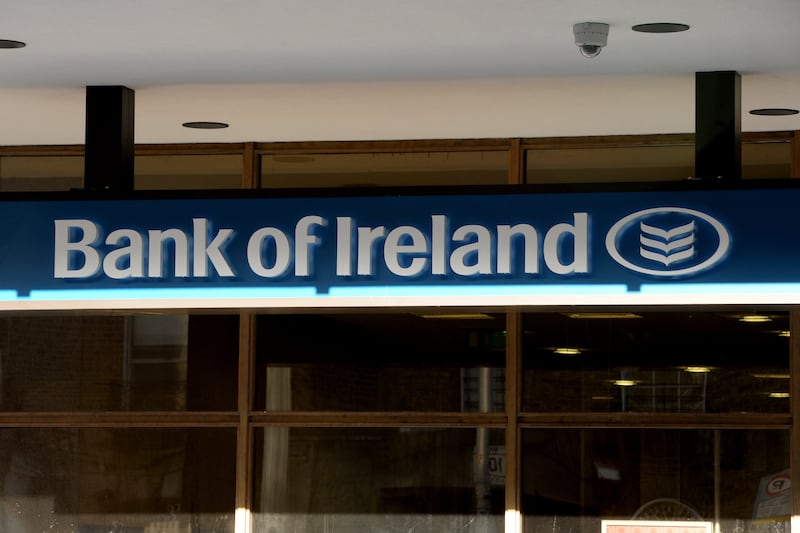Before Paul Finnegan was born in November 1965, his parents provided him with a gift that was to prove very handy some 20 years later. Finnegan’s father was an Irish engineer who had worked back and forth between Ireland and the US and was about to leave his then base in Phoenix, Arizona, to take up a teaching post at University College Galway.
He deliberately delayed his return by a couple of months so that Paul was born in the US: the three-week-old baby arrived in Galway as a US citizen.
When he graduated with a mechanical engineering degree in recession-torn Ireland in the mid-1980s, his legal entry into the US was therefore secure. “I graduated from UCG on a Thursday, and I flew to New York on Sunday,” he says. “Galway is a very cosmopolitan place. New York is that on a gargantuan scale. I like to say I traded one great city for another.”
Finnegan settled easily in New York, falling in with his tribe and enjoying the freedom and attractions of a large city. He has lived there ever since, working in roles that include teaching, community work for Irish immigrants, IT positions and consultancy.
READ MORE
While teaching in public school, he became increasing involved in voluntary work with people helping Irish immigrants in the city. This eventually led to a position as executive director of the not-for-profit Emerald Isle Immigration Centre.
Being Irish will get you the meeting but it won’t get you the business. After the introduction, you have to shape up and talk American
A key part of the centre’s work is to encourage immigrants to take advantage of college opportunities in the US. “A lot of the Irish community here had never gone to college and never saw that as something they would ever do so we set about changing that.”
He takes pride in the fact that the work he has engaged in has changed the course of people’s lives. He recalls a letter of appreciation he received from a woman 20 years after she attended a career-focused seminar he organised. The woman had been inspired to undertake a nursing qualification and had gone on to have a very successful career in the profession. Her alternative path would probably have been a life of casual jobs, he says.
Having gone on to spend many years working in the IT sector, Finnegan returned for a second spell, heading up a community organisation, when he was asked to run the New York Irish Centre in 2011. The centre is a cultural hub hosting plays, music, dance and Irish-language classes with a strong social component. It places a strong emphasis on serving the needs of Irish seniors in the city.
“We got to know many people here who had come over in the 1940s and onwards. They were talented and smart, but they didn’t always get the right opportunities. What was important is that they – and the people who came before them – provided a foundation for the people who came after.
“They created a positive brand for the Irish as people who contributed to this city in so many ways, providing others with a half-yard head start.”
While being Irish is an advantage there’s no free pass at the same time, he says. “Being Irish will get you the meeting but it won’t get you the business. After the introduction, you have to shape up and talk American.”
Another issue he has been concerned with over the years is the high rate of mental health issues and self-harm and suicide among parts of the expat community. Among the organisations tackling this now is Solace House, an initiative that grew out of a programme developed by Pieta House founder Joan Freeman.
“America is great in many ways but it doesn’t have a strong safety net economically or in other respects. It’s up to you to provide for yourself and some people are not equipped for this. Some turn to drink and many are reluctant to ask for help when they are in trouble.”

The Irish arriving in New York these days have many advantages over their predecessors. They are often better educated, can find the information they need to navigate the city on their phones, don’t need to emigrate permanently and have options for relocation other than the US.
Achieving legal status remains an issue, however. “It’s easy enough to get a short-term visa but staying longer term is harder. Many come over and fall in love with the place so that can be tough if things don’t progress the way they want.”
Finnegan and his wife, Rosa, live in Queens, where they have raised their two children. He has no plans to return to live in Ireland but enjoys visiting to catch up with relatives in Galway.
After 11 years at the Irish Centre, he returned to the private sector in 2020 and runs his own business consultancy, Shantalla, helping SMEs find their unique position in the market.
Finnegan has also been heavily involved over the years with New York’s Irish Business Organization, where he is president. He also joins in enthusiastically in celebrating Ireland’s national holiday in New York every March.
“St Patricks’ Day is the city’s day as much as the Irish community’s day here. They do the blarney and the shamrock. There’s cliche and caricature but it’s great fun too. You just go along with it and then you get into it in a way.”


















